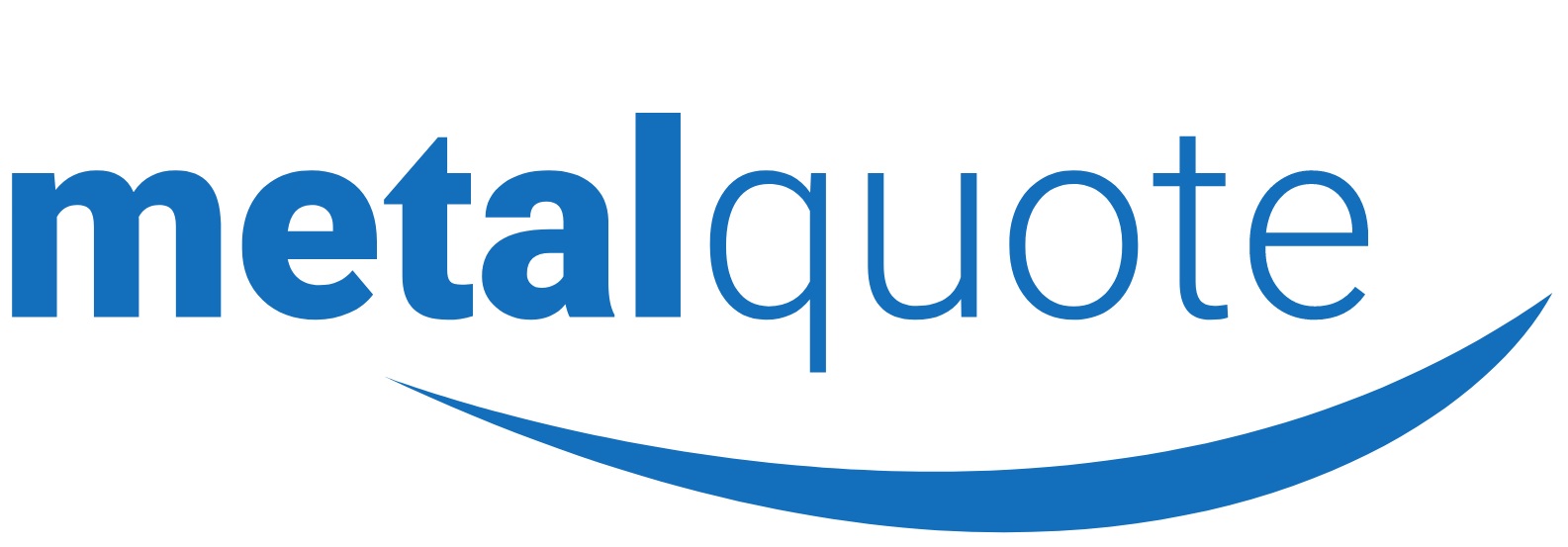BEIJING, Nov 27 (Reuters) – China Hongqiao Group, the world’s biggest aluminium producer, has been ordered to close up to 550,000 tonnes of annual smelting capacity this winter, according to analyst calculations based on a local government document. The city of Binzhou in Shandong province, where all of Hongqiao’s 6.46 million tonnes per year of aluminium capacity is located, listed pot closures at five Hongqiao smelting facilities in a document outlining winter restrictions that was posted on its website on Monday. Some of the closures – which in total amount to 8.5 percent of Hongqiao’s capacity – only apply to December and January rather than the full four-month heating season from mid-November to mid-March. Shandong, an industrial heartland, has called on cities to impose at least two months of curbs. Consultancies AZ China and CRU estimated that the city directive meant Hongqiao would have to cut up to 550,000 tonnes of aluminium output on an annual basis. That is about equal to 1-1/2 days of aluminium consumption in China, noted AZ China Managing Director Paul Adkins. CRU put the size of Hongqiao’s aluminium cut at 350,000-550,000 tonnes. The Binzhou document also requires that 1 million tonnes of annual alumina capacity each is cut at two Hongqiao alumina refineries for the full four months. This 2 million tonne cut is almost 13 percent of the company’s total operating capacity for alumina, a substance used to make aluminium. The closure orders point to relatively lenient winter curbs versus the 2017-18 winter. Last year, 28 northern cities, including Binzhou, were told to cut aluminium and alumina output by 30 percent. Ultimately, last winter’s cuts underwhelmed, with abundant supplies raising doubts over how strictly they were enforced. Hongqiao on Tuesday said in an email that it would “actively respond to the Binzhou winter cuts in accordance with the list issued by the government,” but declined to provide details. Shanghai aluminium prices were trading down 0.2 percent at 13,765 yuan ($1,982.40) a tonne by the mid-session interval on Tuesday, close to a two-year low. China’s aluminium benchmark has been weighed down by plentiful supply and fears the Sino-U.S. trade row will hurt metals demand.

